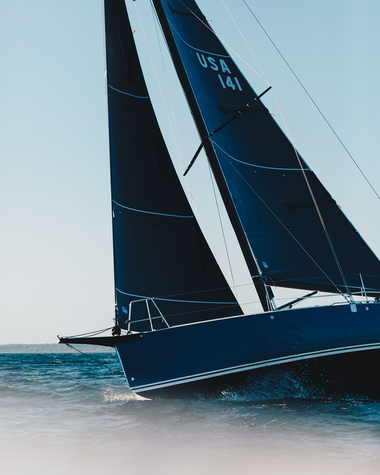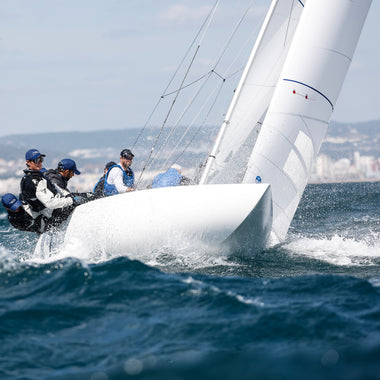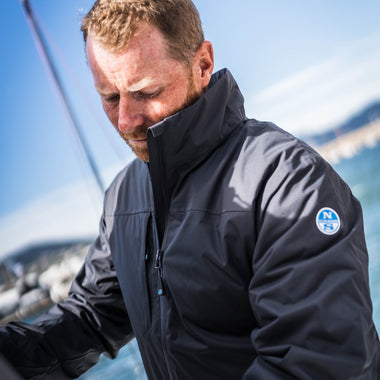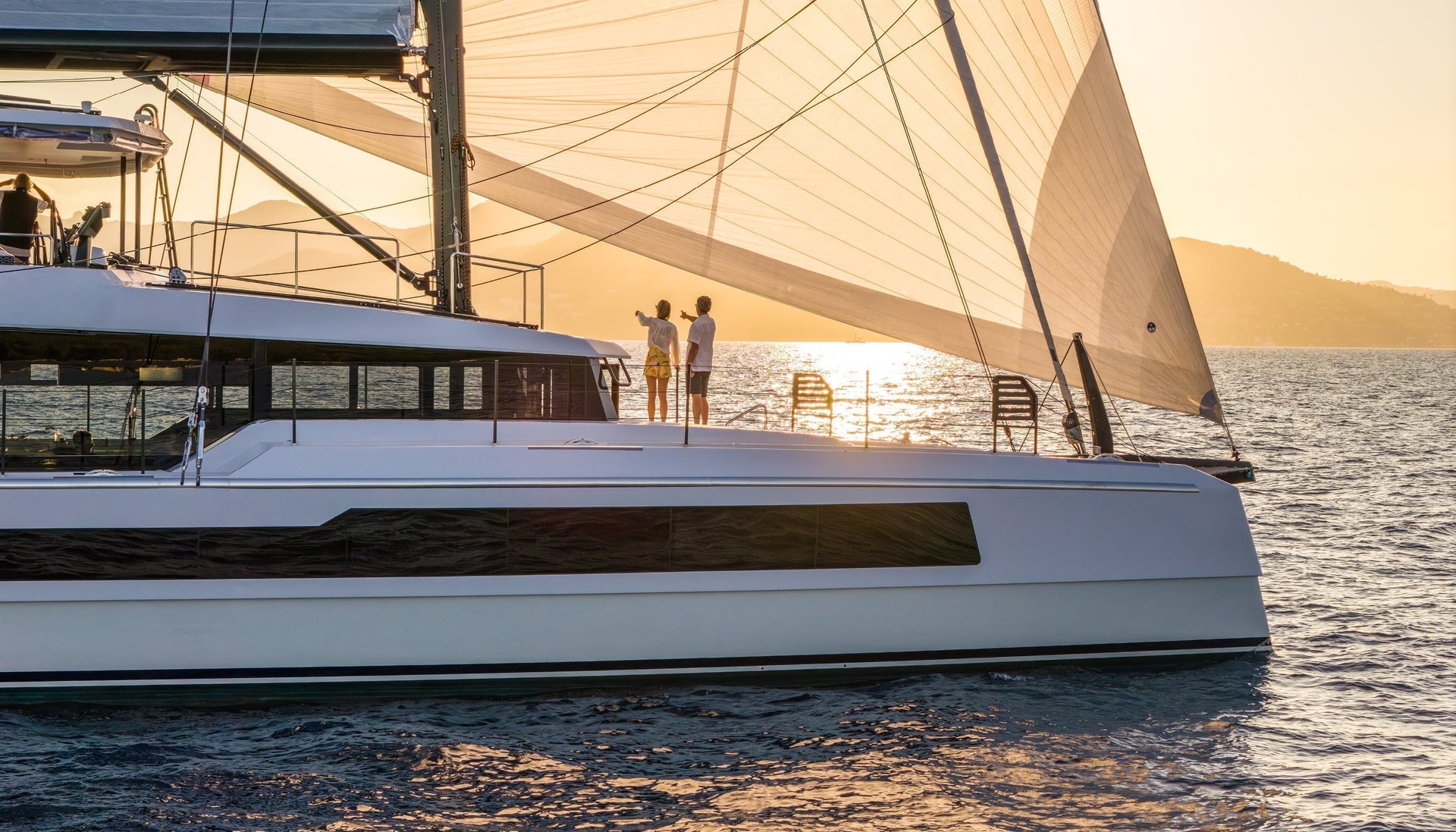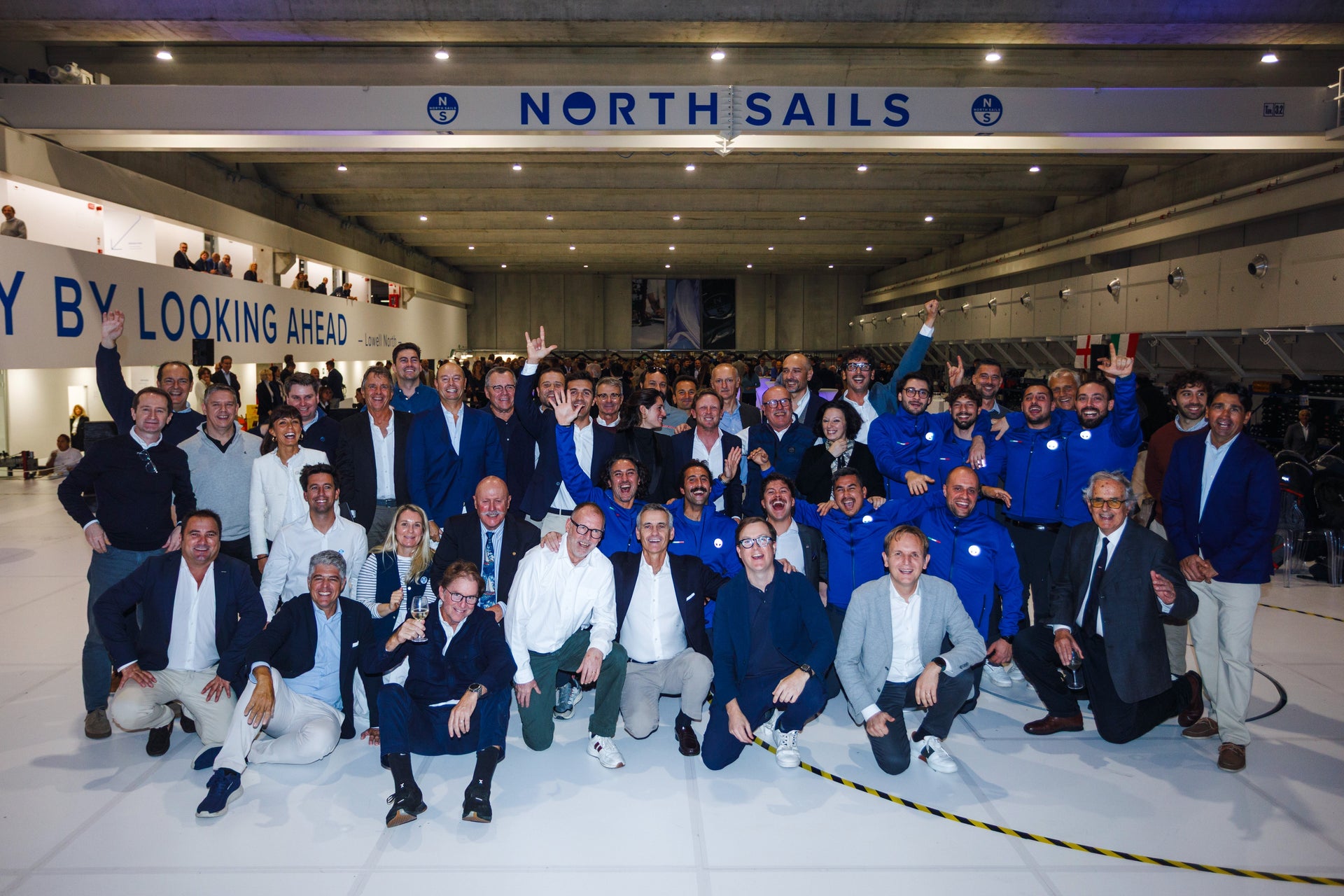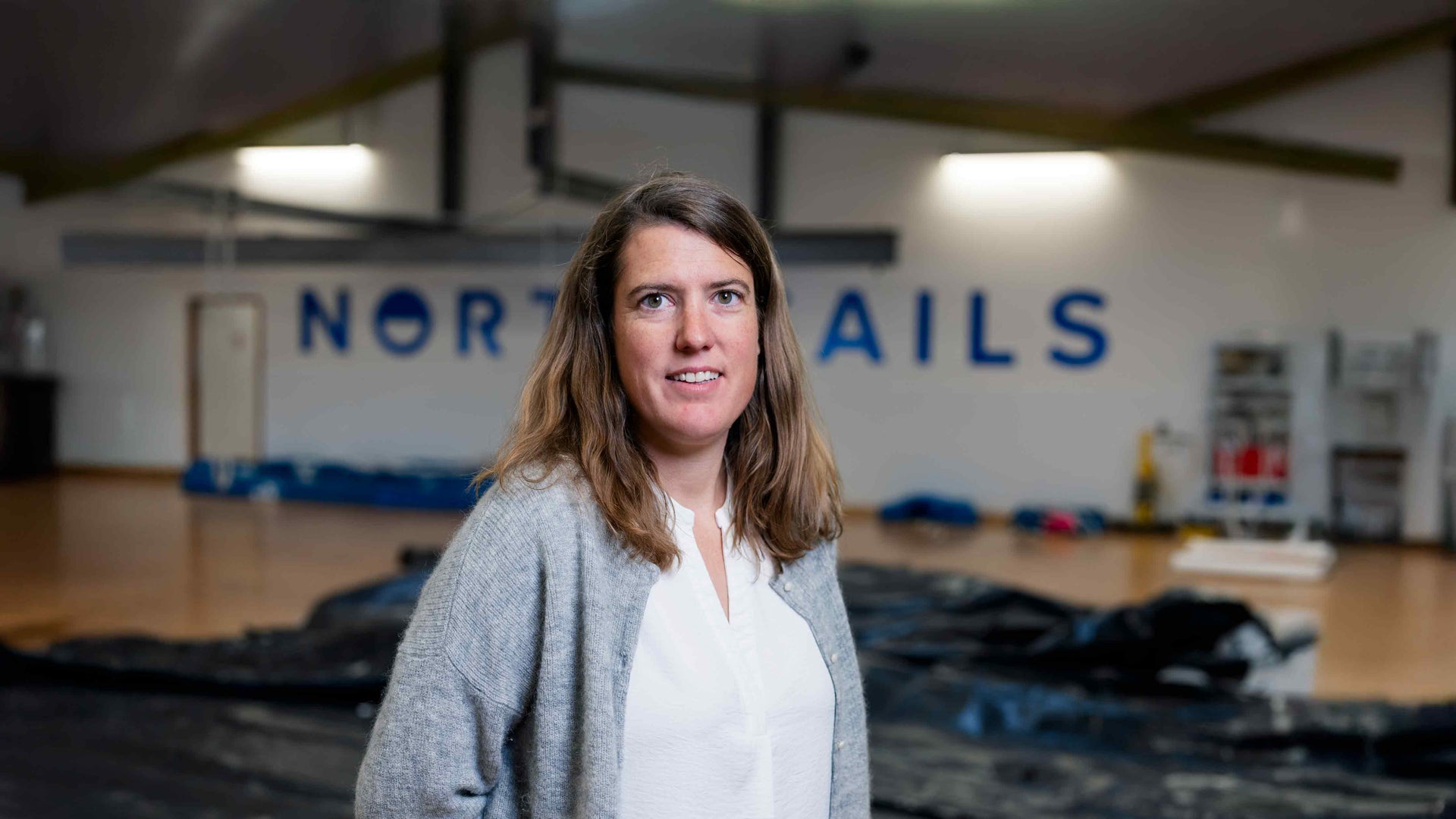SPEED READING: SETTING GOALS
SPEED READING: SETTING GOALS
One Design Expert Zeke Horowitz Shares His Winning Formula

J/22 World Champion Zeke Horowitz explains how to put his winning formula to work for you this season.
If you’re a competitive sailor, you’ve probably read about the value of setting goals for your racing. By setting and trying to achieve your goals, you measure your progress as a competitor, whether the goal is to finish every race at a windy regatta, finish in the top half, score a finish in the top five, or flat out win the regatta.
It’s important to always be striving, but for most sailors, there’s usually one regatta each year where we really want to perform our best. Sometimes it may even be two years ahead. It might be the Fastnet Race or the J/70 World Championship. But it could just as easily be the Labor Day Regatta or the district championship for your one-design class.
If you haven’t named that event yet, do it now! Then follow these seven steps to be best positioned to peak at the right time and have your best result when it counts.
Step 1: Set up your team.
Your team is the most important part of your success as well as your fun. There is no substitute for sailing with people you enjoy and with whom you work well. Approach your team with the idea that you’ve got a season of sailing ahead of you with a goal of delivering your top performance at the big event. Get everyone on the same page and committed to an energetic effort to achieve this goal.

Step 2: Set up your schedule.
Look at the regatta schedule leading up to your big event. Take note of any events that have a high priority: Are any of them at the same venue as your big event? Are any local to where your boat is? Are any more likely to attract a big fleet? Send this full schedule to your team and try to work out which events make the most sense.
There is HUGE value in doing events with the ENTIRE team. You can always look for subs if someone can’t make it, but try to prioritize your regatta participation based on the whole team’s participation. Always include at least one day of practice as a “shakedown” before the regatta if schedules permit. If it fits at any events, try also to include a day of tuning practice with another team, so you can have a tuning partner and learn faster. A shakedown session and a tuning session could also be fit into the same, single day. Sailing before a regatta pays many benefits and can really help the whole crew be on point for racing.

Step 3: What’s the budget?
This is obviously a big piece of the puzzle in our sport. You need to consider travel, logistics, food, boat equipment, sails, etc. Make sure your budget fits comfortably with your schedule. It’s often better to sacrifice a regatta if it helps your team with more room in the budget for equipment or more comfort at your other events. If you sacrifice equipment, time or comfort instead, you likely have a much less productive experience. I find having a top-quality experience at one less regatta is a good tradeoff.

Step 4: The Boat
In sailing, there are many elements that are not in our control—wind shifts, tides, competing boats, decisions made by race committees, etc. But one element that we can and must control is our equipment. The boat is the most important piece of that. Be realistic about the condition of your boat and make the changes needed to have the best boat possible. If you’re chartering a boat, do lots of homework, get pictures, and make arrangements for any upgrades necessary. Broken or non-functioning equipment is a massive time waster. Add in specific days to your schedule for boatwork. And don’t leave anything until the last minute. When you get to the big event, you need to be 100-percent confident that your boat is perfect.
Step 5: Sails
Depending on your class rules, you will have more or less room to get creative with sail purchases. But regardless, you need to be sure you have the newest sails possible for your biggest event. In some boats, that means having sails that are “broken in”; but even then you must make that part of your plan. Look at your event schedule leading up to the big event and decide when and where you should have each sail in use based on your goals for each event (see step 6). This is another element that you can control, and it’s important to do it as well as you can given the budget.

Step 6: Goals within goals.
Your team is clear that your big goal is to peak at the big event. In the meantime, it’s critical to set specific and trackable goals for each practice day and each regatta on your path. Maybe the first regatta you want to work out specific crew communication and boat handling. Then work on starts and boat speed at the next one. Decision-making at the top of the beats, etc. It’s imperative to not only set these goals before every day on the water, but to then debrief them with your team after each race, each day, and each regatta.
Your goals for the next events will change based on your debriefs and based on what you learned at your last one. But you need to spend time working on all of the small details so that you’ve had a chance to learn your lessons and reflect on your mistakes before the big event. That way, your team can have confidence in doing all the little things well, and you can focus on the conservative tactics and superior boat speed needed for the big event.

Step 7: We’re finally here – the big event.
If you’ve done the first six steps well, then you know your boat, sails, and equipment are at 100 percent. You’ve taken the time to gain confidence in your speed and your boat handling. You’ve learned about your team and how to communicate effectively. You’ve determined roles for each teammate both on and off the water (who makes sandwiches, who puts the bow numbers on, etc.). Essentially, you’ve controlled all of the elements you are physically able to control.
Now your task is to have fun, continue to control the things you can, and make conservative, high-percentage decisions on the racecourse that allow your team to rely on its strengths. Continue debriefing after each race and each day throughout the event. Keep learning!
There is always going to be luck involved with our sport, and there’s not much you can do about it. In fact, most top sailors will tell you that it takes a bit of luck to reach the top of the podium.
With this approach, you’ll be able to put yourself in a position to achieve your goals. Whether or not you achieve this goal at the big event, treat it just like all your warm-up events and debrief it with your team. At that point, it will become another step along your path to the next big event, where you can choose to peak next year. Good luck, and have fun!

